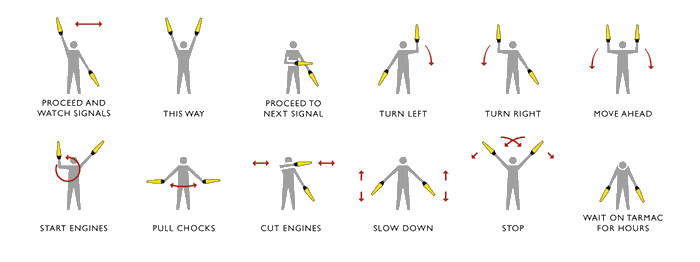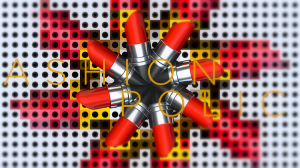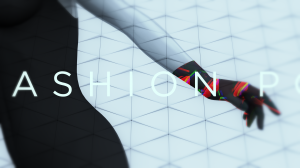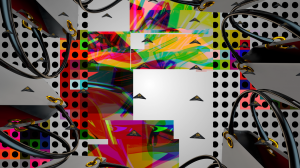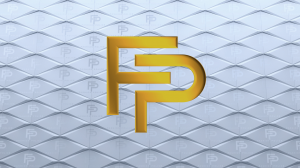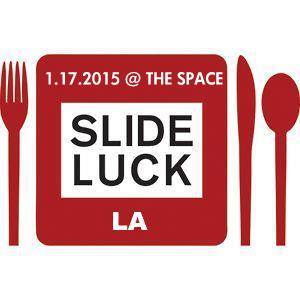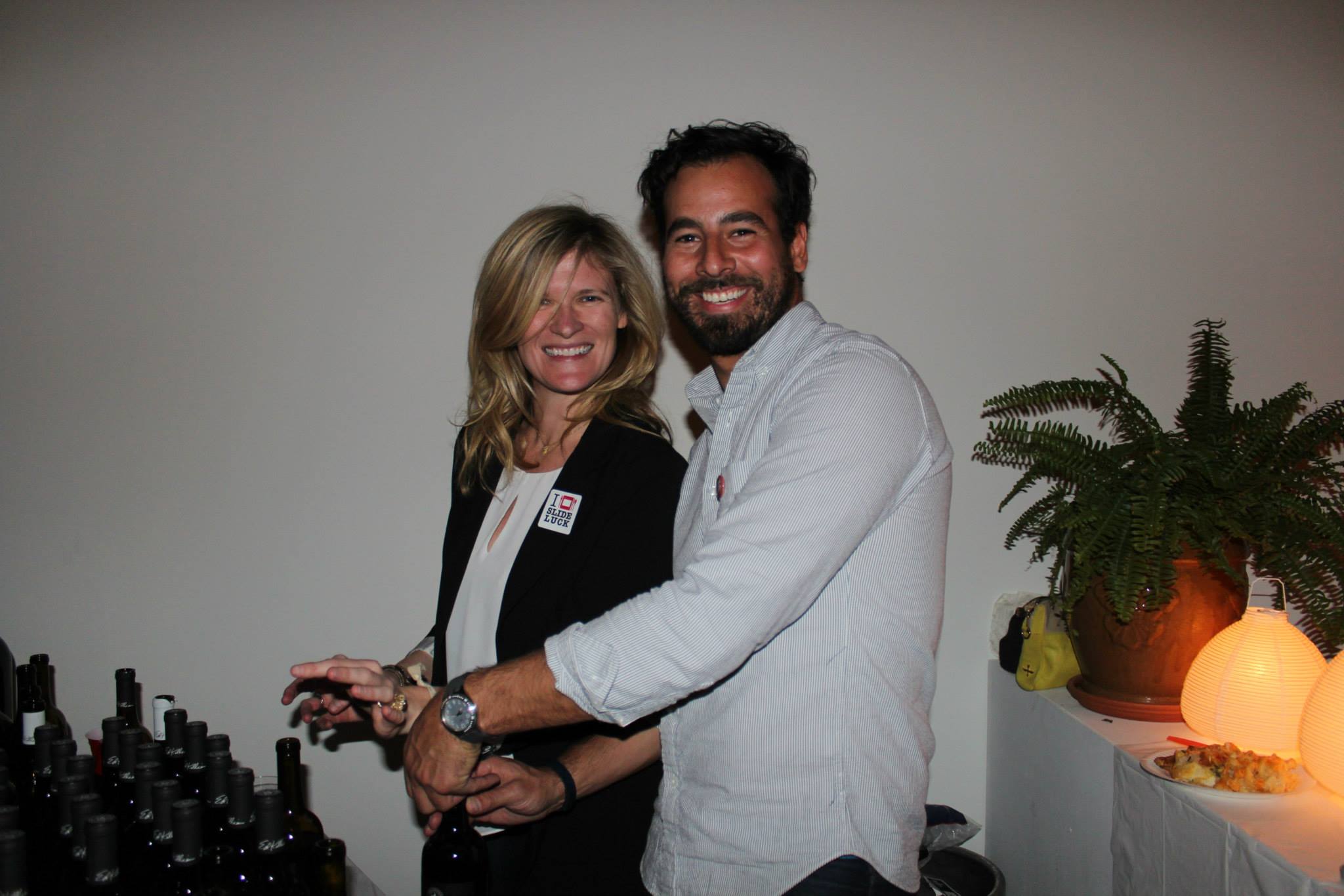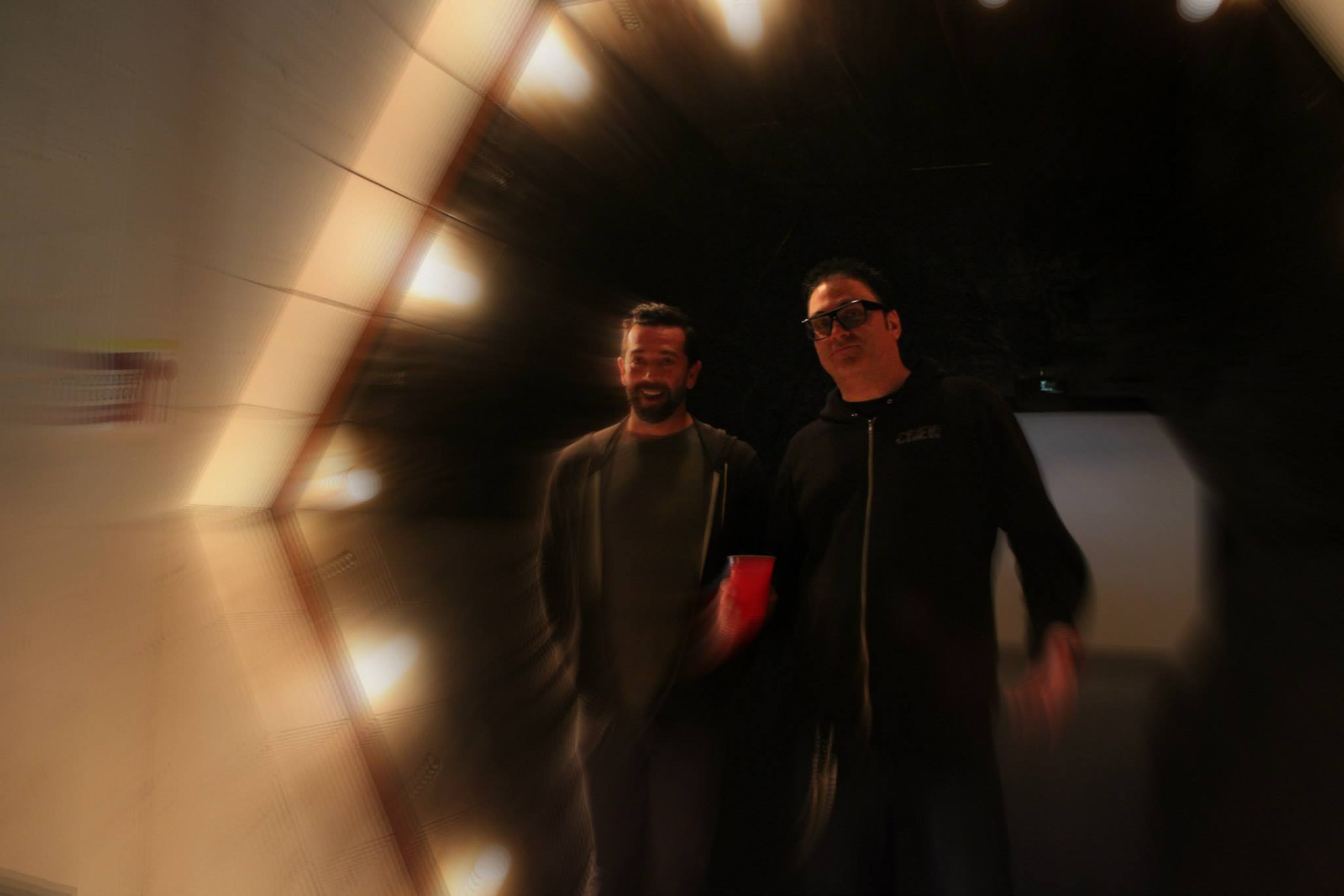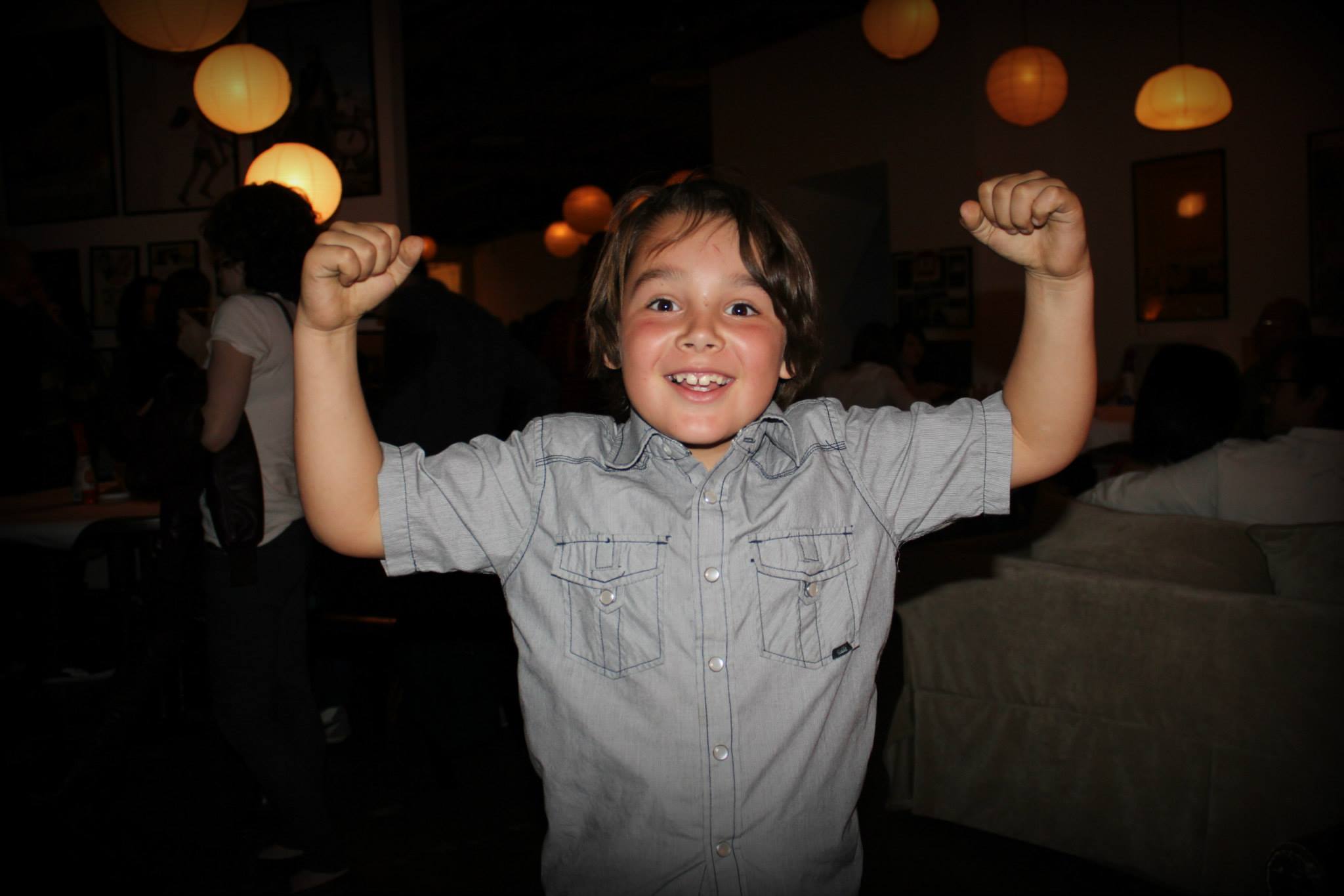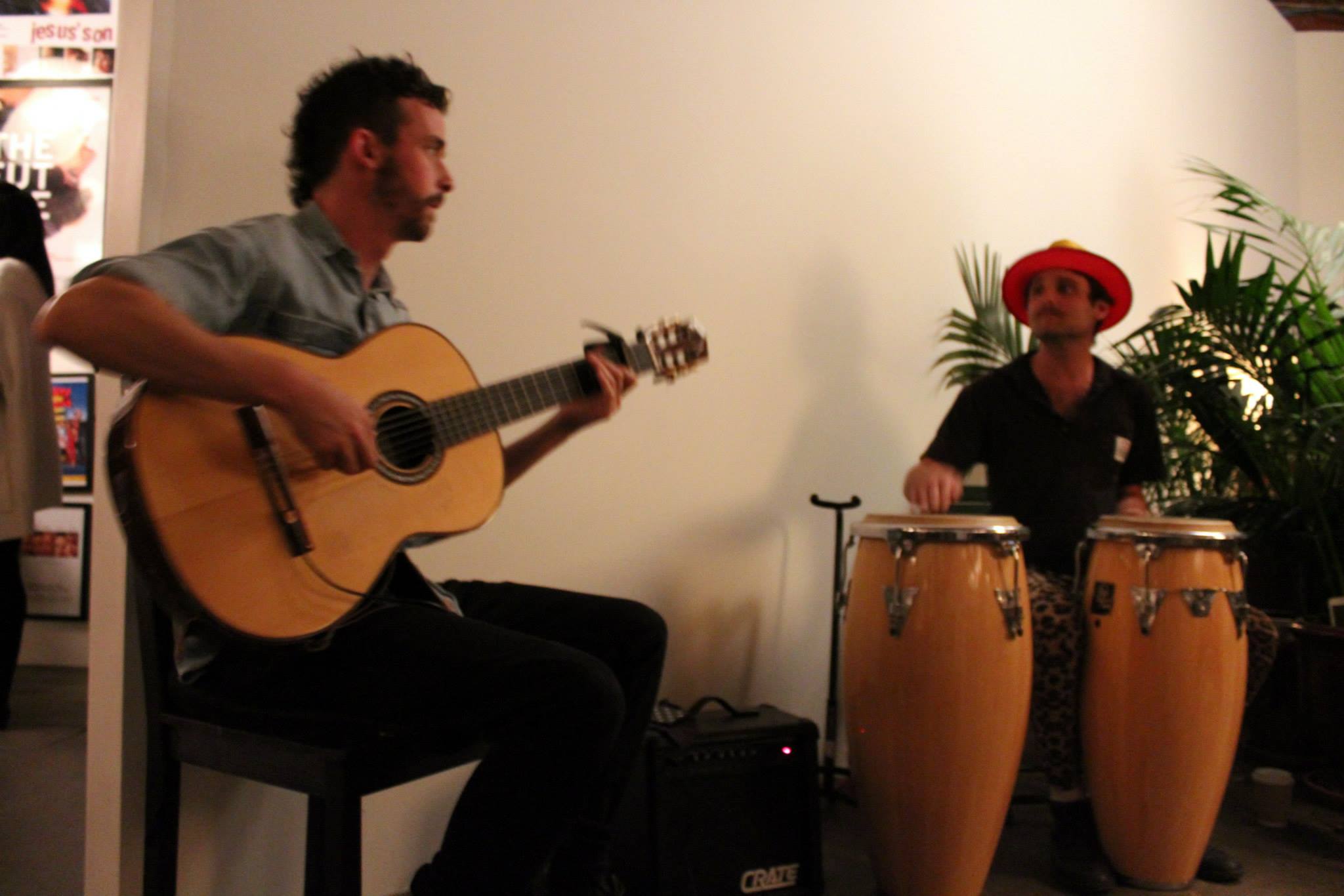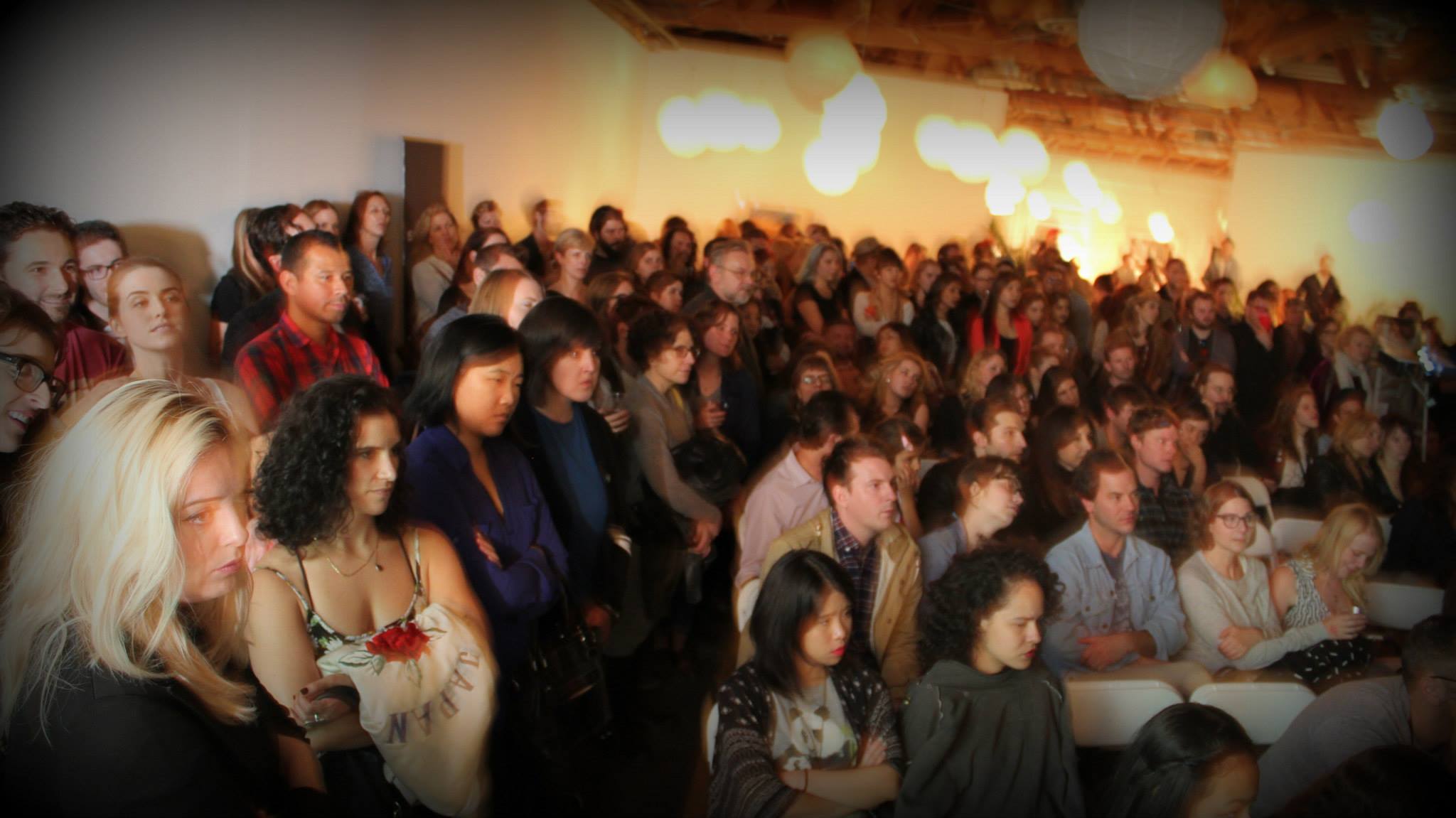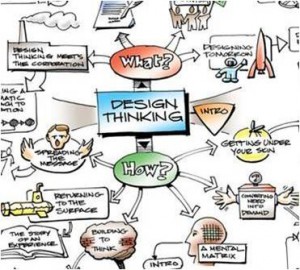Now that we’ve talked about creative entrepreneurship, let’s build a brain trust, shall we?
It takes more than one person and half an idea, which is why entrepreneurs need to set art, imagination and design loose into the company. One’s particular if not unique talents are small in comparison to a generative, empowered brain trust. By setting talent into motion, they can systematize imagination and let art and strategic design help solve problems collaboratively.
A company is only as good as its people. For imaginative and capable people, everything is a canvas for the imagination, to paraphrase Thoreau. But with not so capable people, ideas are a punishment to be endured. So, cultivating great talent means not only finding the right people, but also planning and building out a brain trust. As Steven Johnson has argued, most of us walk around with half ideas in our heads; and we need others to test our assumptions, put them into practice and, ultimately, accomplish our visions.
Talent who can create, spread and adopt ideas are integral to a brain trust. They animate the organization’s environment and shape its culture – no wonder creative teams need to be intellectually, creatively and temperamentally diverse. From loud to quiet, left to right-brained, logical to free-form, a blend of perspectives and skill-sets is what makes an exceptional creative team. While the process is a raucous bustle and tussle of talking, arguing and sharing, it’s how truly innovative ideas take root and grow.
We’ve built this into our culture. Transcending the design discipline to include social scientists, MBAs and humanities graduates, our brain trust is unconventionally dynamic and collaborative.
It’s not unusual, for example, for one person to question the purpose of the traditional upfront while another deconstructs a logo from a different perspective or investigates the history of lower thirds, transitions or swipes. As Johnson puts it, “chance favors the connected mind.”

